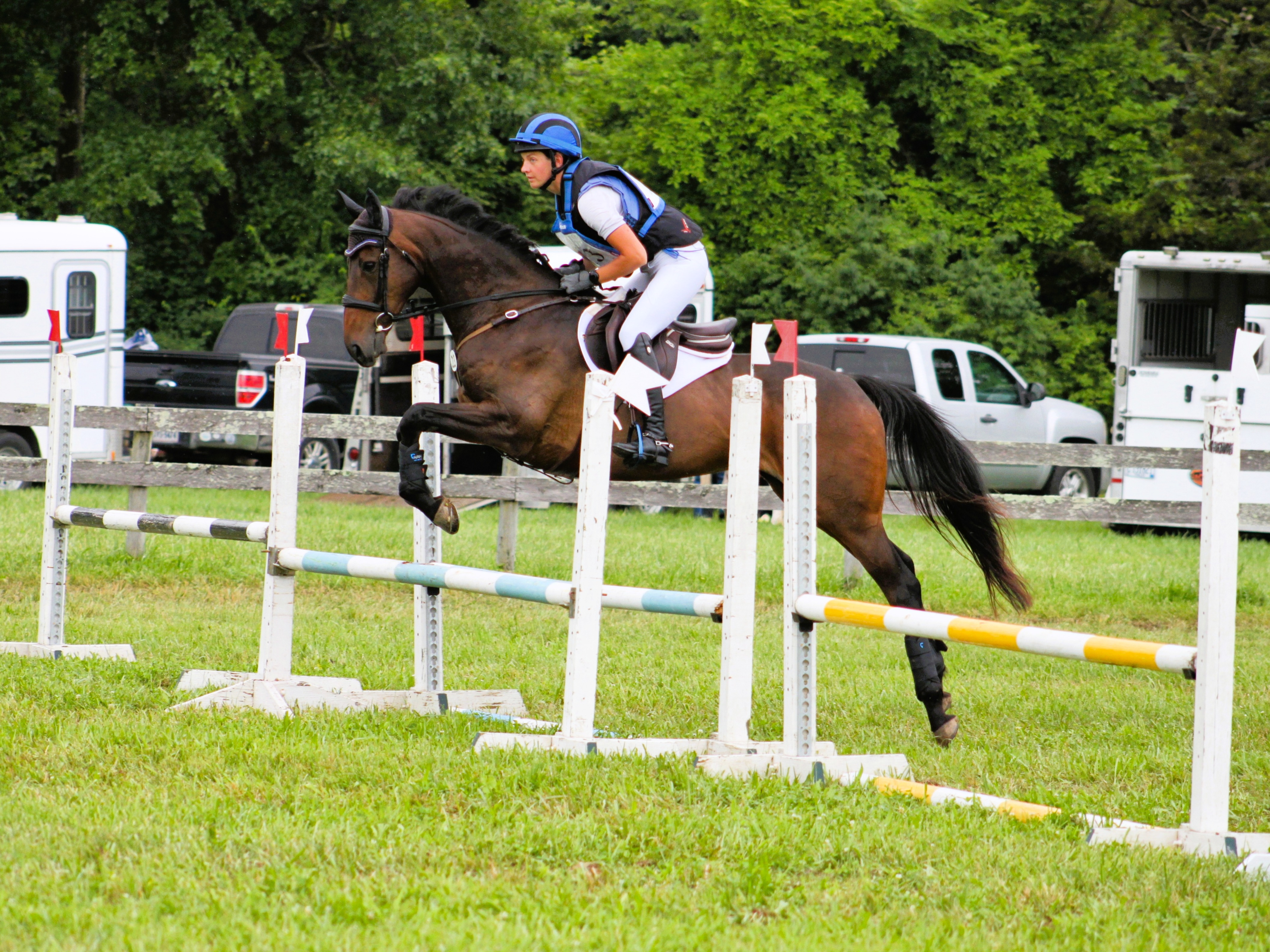🔥 David Tennant, Alex Hassell, Aidan Turner & Danny Dyer join the cast of Jilly Cooper's Rivals, an original eight- part blockbuster saga based on the iconic novel. 🔥 pic.twitter.com/o9GQXcofwR
— Disney+ UK (@DisneyPlusUK) March 21, 2023
Iconic equestrian and lothario Rupert Campbell-Black is back!
It can’t have been easy casting for Jilly Cooper’s notorious protagonist, but the hunt is over, filming is happening and, having been a big Jilly fan since my older brother unwittingly bought me ‘Riders’ for my sweet sixteen, I, for one, can’t wait for ‘Rivals’ to land on Disney+.
If you’re reading, Jilly, ‘Eventers’ has quite the ring to it, don’t you think?
U.S. Weekend Preview
Chattahoochee Hills H.T. (Fairburn, GA) [Website] [Entries] [Volunteer] [Scoring]
Galway Downs International H.T (Temecula, CA) [Website] [Entries] [Ride Times] [Volunteer] [Scoring]
Jumping Branch Farm H.T (Aiken, SC) [Website] [Entries] [Volunteer] [Scoring]
Morven Park Spring H.T. (Leesburg, VA) [Website] [Entries] [Volunteer] [Scoring]
The Event at TerraNova (Myakka City, FL) [Website] [Entries] [Ride Times] [Volunteer] [Scoring]
Wednesday News and Reading
Ireland’s Susie Berry is blogging about her Badminton prep. You’ve probably seen her charging round 5* cross country courses on the wonderfully named John The Bull, or representing her country with Monbeg by Design at World Championships, and now you can read about her run up to this year’s Badminton with Ringwood LB. [Follow Susie’s Ride to Badminton]
The most aptly named athlete in eventing, Britain’s Ros Canter, shares her story. Ros talks to British Eventing Life about getting started in eventing, being obsessed with Badminton, cross country confidence, becoming a mom, and losing World Champion horse Allstar B. [A Canter Through Ros’ Journey]
Daniel Stewart talks ‘brain babble’ in a new three-part series – ‘Create, Concentrate, Annunciate’. We’ve all heard the saying, “Whether you think you can or whether you think you can’t, you’re right”. Daniel Stewart gives practical tips on how to make sure you’re thinking you can. [I Can Do It!]
Does worrying about forgetting your dressage test take up more of your bandwidth than actually working on the movements? As a long-time teacher of exam subjects, I’ve found that helping students find revision strategies that work for them is key. We all learn in our own ways, so if you’re struggling to memorize your dressage test, perhaps you just need to try a new method. Heelsdown magazine has come up with 8 things you can try – I particularly like the idea of using color to map out the test, actually physically doing the test yourself and using music as a memory aid. [Memory Joggers For Dressage Tests]
FEI has launched a new Readers’ Questions series. First up, they’re talking head tossing; not in the ‘look at my fabulous mane’ kind of way, but the frustrating ‘I’m saying something and you don’t get it’ kind of way. As well as a handy list of questions to ask yourself, there’s some clear advice on eliminating possible causes, schooling and more. [Tackle the Head Toss and Find Out How to Pose Your Own Readers’ Question]
Putting out a call for horse nuts to share their fun facts. Equine Guelph and Equine Connection are looking for interesting horsey facts to be included in their online educational initiative ‘Who Knew? Fun Facts & Why it Matters’. The e-book is aimed at inquiring equestrians and instructors and looks set to be a treasure trove of facts you didn’t know you needed to know. [Did You Know…?]
Horse charity video wins the People’s Choice Film of the Year at the Smiley Charity Film Awards. The short film – ‘Unbreakable Bonds’ – created by Brooke, who campaign for working horses and donkeys, highlights the charity’s mission to build relationships between people and their working equines, and in so doing, advocating for compassion. [Watch the Winning Film]
Songbird Jones aims to inspire with his anthemic mix of women’s empowerment, horse girls and country music. As someone who (still) dreams of being a cowgirl when I grow up, I’m a sucker for a country tune, especially one with a video that’s straight up Heartland in style and lyrics that celebrate all the awesomeness that being a horse girl is. [Cowgirl Up]
Video Break
When Wednesday calls for a sweet pick-me-up – this little lot is sweeter than a box of cupcakes.































